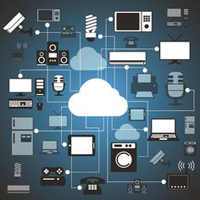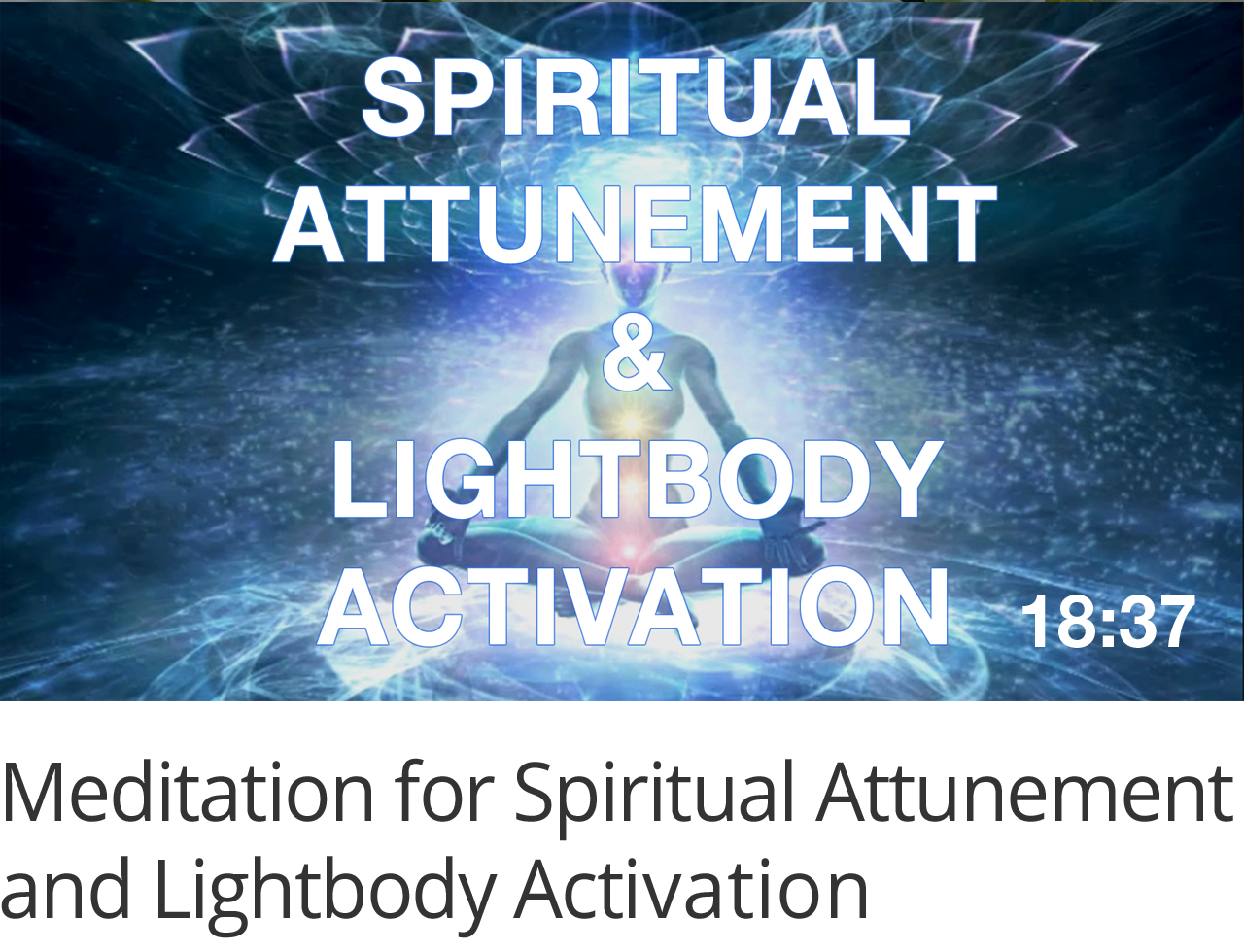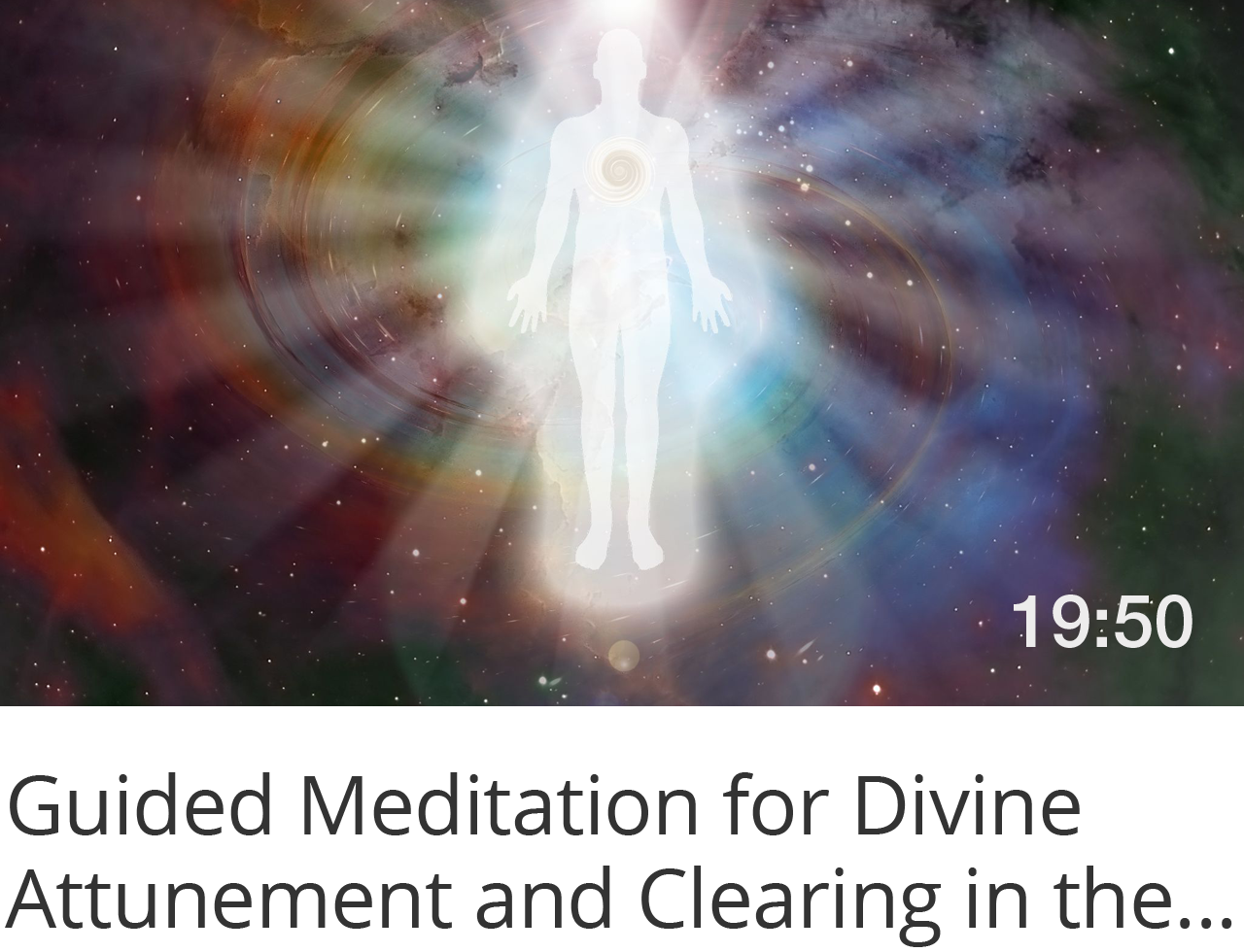The term Internet of Things was coined in 1999 to describe the interconnection of wireless sensor-based devices across the Internet. There are now approximately 20 billion of these devices online worldwide, and they are set to become a trillion-dollar industry. They can be found within such things as home appliances, vehicles, road sensors, phones, watches, and microchip and medical implants. Networks of these devices are starting to form new “smart environments” and “smart cities”, touted as the solution for efficiency and sustainability as information is communicated from the devices to the cloud for data collection and feedback-control of the devices. For example, information from road sensors that monitor the flow of traffic can be used to divert traffic or impose speed limits through signals or, at some time in the future, through the remote control of the vehicles. Information from home appliances and smart meters can be transmitted to a city’s “smart grid” that monitors and controls energy use. Songdo (South Korea), Milton Keynes (UK), and San Jose (USA) are examples of the emerging smart cities that are being created as future models for human living.
The challenges to privacy and security, the increased possibilities of mass surveillance, and the health risks of our increased exposure to the radiation of wireless devices are topics that are often explored in critical articles addressing the Internet of things. In this post I will address the issue of authentic living in relation to the Internet of things, as this is something that is rarely discussed in the mainstream media—which largely addresses the symptoms rather than the root causes of inauthentic living.
The Challenge to Authentic Living
The Internet of things is essentially an infrastructure that brings information gathering and control systems more deeply into our lives, and on a more automated level, reaching even into our body as implants. It is worth contemplating this fact deeply, as the process of surrendering our awareness and control to a centralised system represents a clear loss of our personal boundaries and autonomy, as well as a dulling of our humanity and a weakening of our presence as natural human senses give way more and more to electronic sensors. As Google’s chairman Eric Schmidt said in January this year of his vision of the future:
“There will be … so many devices, sensors, things that you are wearing, things that you are interacting with that you won’t even sense it. It will be part of your presence all the time.”
Grand visions can be very enticing, especially when they present an image of technology assisting and automating our lives for us. And here we come to an important issue of authenticity that has dogged the human race for so long: the abdication of responsibility. When an oversized, centralised system such as a modern state society, or a global economy, manifests sustainability issues, the solution is not for us to give away more responsibility by accepting the further imposition of control systems run by the very structures that are unsustainable, but rather to address the root cause of unsustainable living, which is the loss of our authenticity through dissociation, the abdication of self-responsibility, and the support we give to oversized, centralised systems that by their very nature are unsustainable.
Smart cities by definition remain unsustainable, even if they succeed in regulating energy use and transport flow to slightly more acceptable levels, or in feeding renewable electricity into the power grid. As a city the ecological problems of urbanisation and an oversized, centralised system remain, while the proliferation of electronic sensors to be placed within almost anything requires an explosive increase in the manufacture of semiconductors using heavy metals, carcinogens and other hazardous substances, as well as intensive energy. Toxic contamination of areas surrounding semiconductor manufacturing plants and landfills where semiconductors can end up is notorious.
Sustainable living does not require a huge technological infrastructure of monitoring and control that is in itself unsustainable: it simply requires the practice of mindfulness by each person to understand the effects of their actions, their interconnectivity with all things, and their capacity for compassionate, ecological living as they embrace their true self. This capacity requires that we own our responsibility, not abdicate it.
The ability of communities and ecosystems to benefit from people practising mindful and ecological living is much more possible when human behaviour is not regulated by large centralised control systems, and when personal autonomy is not devalued and diminished. When people are treated as if they have to be regulated, particularly because of the inauthentic nature of the society in which they live, and the encouragement of dissociation and the abdication of responsibility, they are more likely to behave as if they have to be regulated. What we most need for authentic living is a shift of values towards the spirit of things.
The issue of dissociation is at the heart of inauthentic living, because it causes us to be less present in our true self. The true self is where we feel most connected to all things, and most compassionate and ecological. Dissociation is writ large in the Internet of things since it requires our awareness and will to be displaced by an outsourced means of sensing and regulating our lives. Natural human senses give way to electronic sensors, and the decision-making of the mind gives way to the running of computer programs or to the decisions of centralised powers. The idea of us remotely controlling a thermostat through the cloud to turn on the heating when we are not at home may on the surface seem to give us more control over our lives, but this belies the slippery slope we are on towards the ever-greater, external regulation of our behaviour.
I have written previously in my post Self Empowerment about how important self-empowerment is for us to live authentically, to find self-realisation, and to fulfil our life purpose, and how we are caught up as a society in a debilitating trance that I call the Spectacle of Materialism. We can break out of that trance using mindfulness, and choosing authenticity over the conformity to inauthentic patterns of living. Technology has a valuable place in our world, but it is how we use it that counts. Do we use it mindfully to further our authentic living, or do we use it to take us further into inauthentic living? The choice is ours.
If we find that we are in a state of numbness or apathy as we allow ourselves to sail downstream towards greater inauthenticity, not challenging what is emerging around us, then we can change things by starting to practise mindfulness—see my posts How Mindfulness Gives You Freedom and Overcoming Apathy and Action-Paralysis—and using the three processes of self-awareness, self-liberation, and self-actualisation—see my post Self-Empowerment. Rather than supporting oversized, centralised systems because we think there is no alternative, we can instead create an alternative with others in our local area, in the form of local communities and local economies—see my posts How You Can Start an Authentic Community and 8 Good Reasons to Use a Local Complementary Currency. The world is in our hands.
Like this article? Spread the word by sharing the link.
Related Posts:
Self-Empowerment
How Mindfulness Gives You Freedom
Overcoming Apathy and Action-Paralysis
How You Can Start an Authentic Community
8 Good Reasons to Use a Local Complementary Currency







